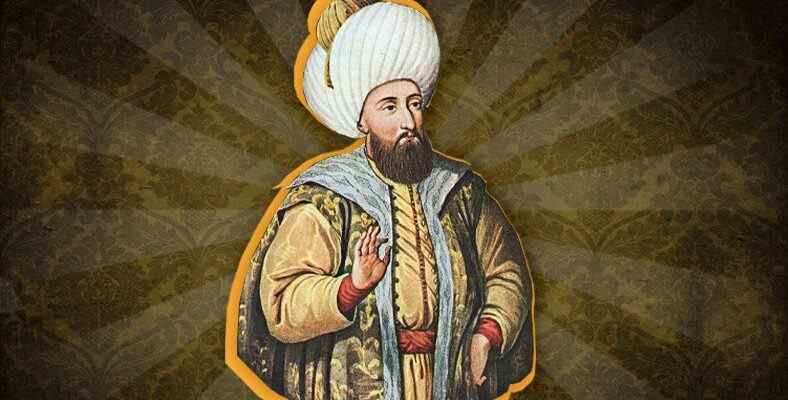Although he ascended to the throne during the stagnation period of the Ottoman Empire, III. Many important events took place during the reign of Mehmed, but his name is unfortunately remembered for having his brothers and son killed as soon as he ascended the throne. Bride III. Let’s take a closer look at who Mehmed is and see some of what he did in his short life.
After the death of Grand Vizier Sokullu Mehmet Pasha, in the 16th century, the Ottoman Empire moved away from its former glorious days and entered a period of stagnation. One of the names who took the throne of the Ottoman Empire, which started to collapse with the pause period and finally disintegrated, was III. It is Mehmed. Sultan III. In fact, many important developments took place during the reign of Mehmed. But the event that made it into history is different.
Before the akbar and erşed system was introduced during the reign of Ahmed I, it was normal for Ottoman sultans to kill their male relatives who were suspected of seizing the throne. III. Mehmed also wanted to practice this tradition, but the blood he found on his hands was so much that even his grandchildren, who came to the throne years later, remembered him with hatred. Bride Ottoman sultan III. Let’s take a closer look at who Mehmed is and let’s see what he did in his short life.
III. Who is Mehmed? The last prince ascending to the starboard:
Ottoman sultan III. The son of Murad, born from Safiye Sultan, III. Mehmed was born on May 26, 1566 in Manisa. To look like Fatih Sultan Mehmed His great-grandfather Suleiman the Magnificent named him Mehmed.
Mehmed took lessons from the most famous scholars of the time, such as İbrahim Cafer Efendi and Pir Mehmed Azmi Efendi. He wrote divan poems under the pseudonym Adlî. in 1583 in accordance with Ottoman traditions. He was sent to the sanjak of Manisa. Mehmed will be the last name to become a sultan after being sent to the sanjak in Ottoman history. In 1595, III. After Murad’s death, he came to Istanbul and III. He ascended the throne as the 13th sultan of the Ottoman Empire and the 78th Islamic caliph under the name of Mehmed.
III. Mehmed’s first act was to get blood on his hands:
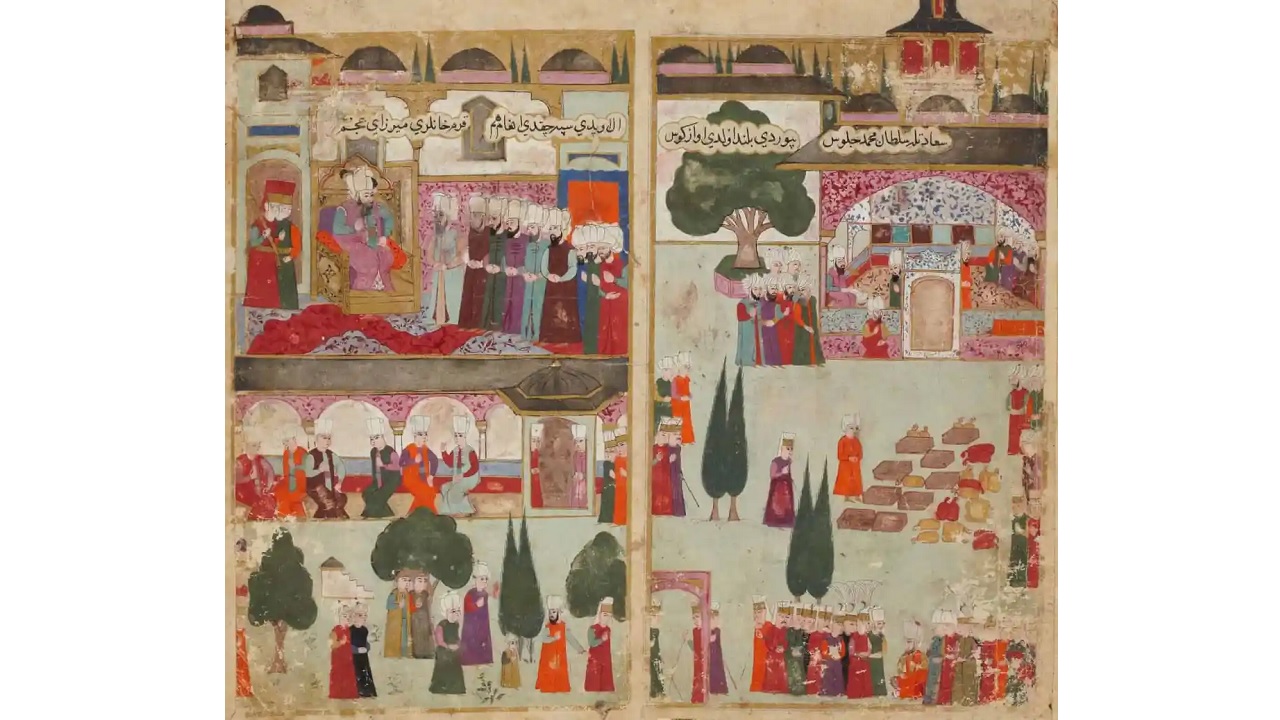
In the Ottoman Empire, as in all monarchies, it was obligatory to kill male relatives who were likely to revolt in order to seize the throne. But beware, anyone with such a chance would be killed. Those who were still children or babies were not easily touched. III. Mehmet, on the other hand, did not care much about this situation.
III. As soon as Mehmet ascended the throne, he gave his first order. His 19 siblings, most of them infants, were strangled to death. In the following years, he also had his son, Şehzade Mahmud, killed because of the rumors about him.
There is an interesting legend on the subject. Mehmed Reşad, who ascended the throne in 1909, visited the graves of his ancestors after the sword-wielding ceremony. III. He did not visit Mehmed. When asked why, he replied, “I don’t want to visit the child murderer’s grave.” he said. In other words, even the Ottoman family, their ancestors III. He does not find what Mehmed did right.
Years later, an Ottoman sultan sets out on a campaign again:
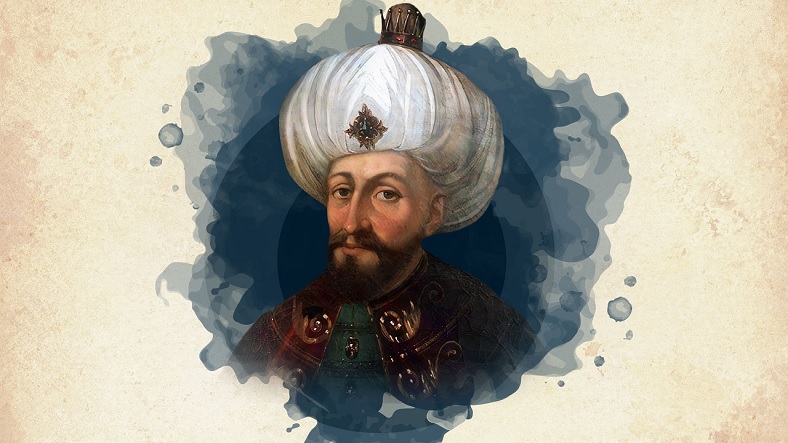
After Suleiman the Magnificent, the last sultan of the ascension period, no sultan went on an expedition with the army for about 30 years, until III. until Mehmed. Actually III. We can say that Mehmed had to join the expedition because at that time, the Ottoman Empire was fighting a tough struggle in Europe.
III. When Mehmed ascended the throne, the Ottoman-Austrian War was still going on. Ottoman Empire in Budapest in 1595. Esztergom Castle had been lost. Even though many expeditions were organized under the command of Sinan Pasha, Visegrad was also lost. After these successive losses, the state administrators and the janissaries began to react to the fact that the sultan was not at the head of the army.
After the reactions III. Mehmed set out on 20 June 1596, despite the objections of his mother, Safiye Sultan. Eğri Castle, located in the north of Hungary, It has been under siege by the Ottomans since 1552. Himself III. After the army under the command of Mehmed was involved in the siege, the castle was handed over to the sultan on 12 October 1596. Therefore, III. Mehmed is also known as Eğri Fatihi.
III. Mehmed confronts the Crusader army:
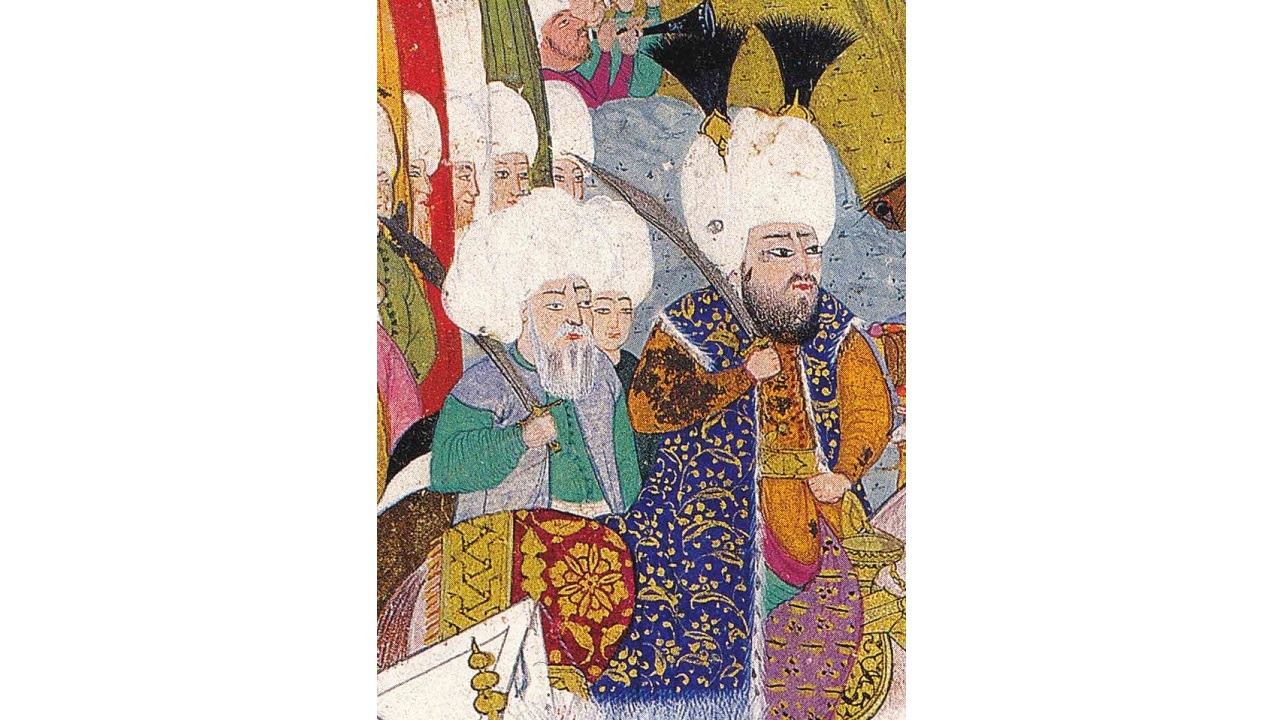
After the conquest of Eğri Castle by the Ottomans, Europe took precautions and gathered a Crusader army of 300 thousand soldiers consisting of Austrian, German, Erdelli, Hungarian, Italian, Spanish, French, Dutch, Belgian, Czech, Croatian, Serbian, Slovak and Polish soldiers. The Crusader army and the Ottoman army of 140 thousand people, They came face to face on October 15, 1596 in Haçova.
The Ottomans suffered great casualties due to the crowded rifle shooting of the Crusaders. at the front, After the spread of false news about the sultan’s departure The Janissaries began to retreat. The Crusaders, who thought they had won the victory, began to plunder the region. But those in the back service of the Ottoman army were still there.
When the janissaries retreated, members of the back service, such as woodcutters, tent makers, butlers, camelmen, and cooks, who did not normally participate in the war, saw the retreat. whatever cauldron, ladle, axe, scythe they got their hands on. they began to attack the Crusaders, who had already scattered for plunder. With the return of the Janissaries to the front, the Battle of Haçova was won. Due to the interesting events that took place, this war went down in history as the Bucket Kazan War.
The waters in Europe were unsteady:
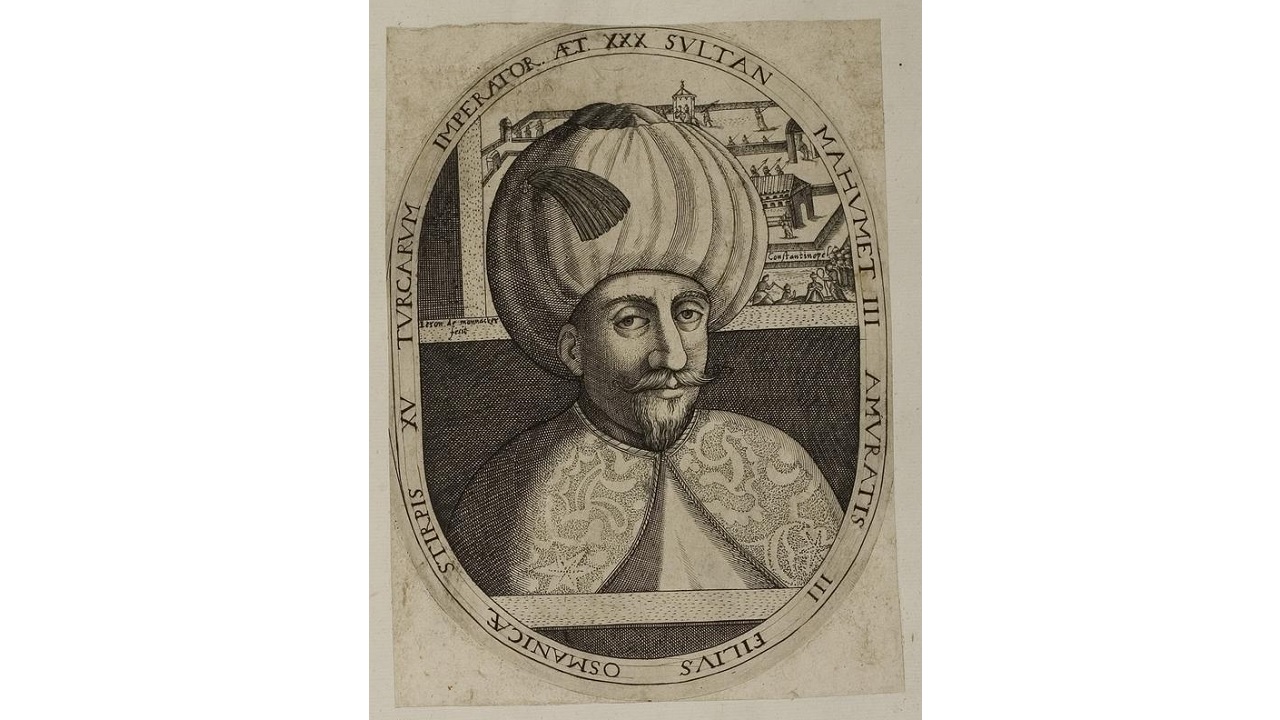
After the victory in the Battle of Khaçova III. Mehmed returned to Istanbul. He left Satırcı Mehmed Pasha to guard the Austrian front. Not a single victory in two years. Satırcı Mehmed Pasha was executed and he was replaced by Grand Vizier Damat İbrahim Pasha.
After the army under the command of Grand Vizier Damat İbrahim Pasha took Kanije Castle, the headquarters of the Beylerbeyliği was taken here. Grand Vizier Damat İbrahim Pasha received a lifetime promise of grand vizierate and Tiryaki Hasan Pasha became the governor. Tiryaki Hasan Pasha recaptured the fortresses of Istolni, Belgrade and Esztergon in 1603.
After the Safavids, who took advantage of the Celali Revolts, took Tabriz, III. Mehmed passed away:
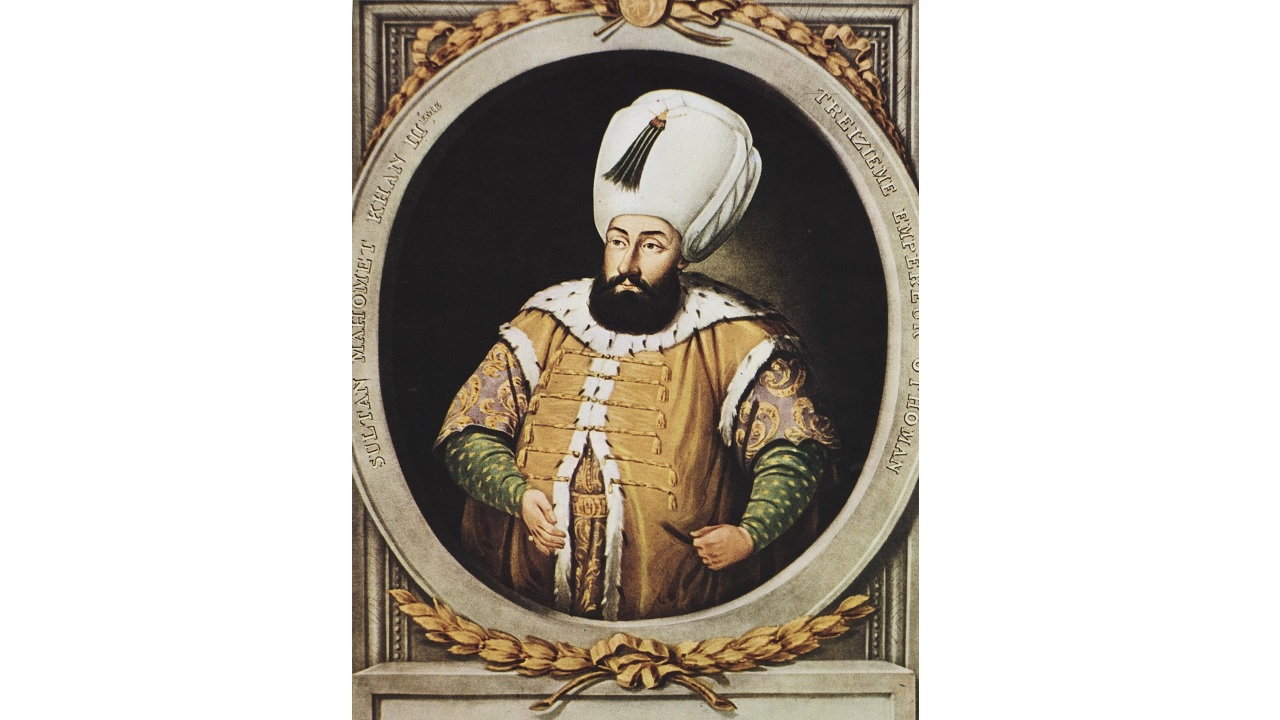
Europe was boiling, but at the same time, Celali Revolts broke out all over Anatolia. The Ottoman Empire, both fighting in Europe and dealing with rebellions. Seizing this situation as an opportunity, the Safavids broke the 13-year agreement and went on the offensive.
The Ferhat Pasha Treaty, signed between the Safavids and the Ottoman Empire in 1590, ensured peace between the two states. However, Safavid shah Abbas I, who took the opportunity of the Ottomans to fight on more than one front, broke this agreement and signed on August 25, 1603. He declared war on the Ottomans. The Safavids captured Tabriz and Revan in a short time.
During the war with the Safavids, On December 21, 1603, 37 years old, III. Mehmed passed away and was succeeded by his son Ahmed I. There are different rumors about the cause of death. Some sources say that he got sick because he was upset about the eastern events, some sources say that he had a heart attack, and some sources say that he had a stomach ailment due to obesity.
Although there were many important events during his period, he is remembered for having his brothers and son killed. Sultan III. Who is Mehmed By answering the question, we talked about the details you need to know about his life. Do not forget that we should evaluate historical events according to the conditions of the period, and you can share your thoughts on the subject in the comments.
